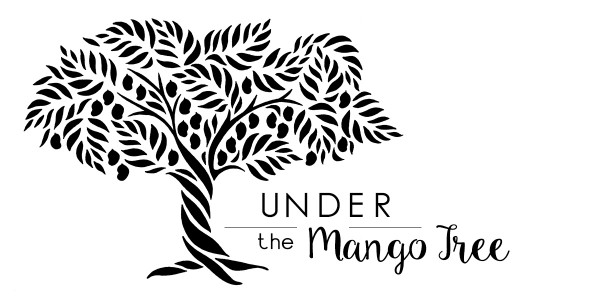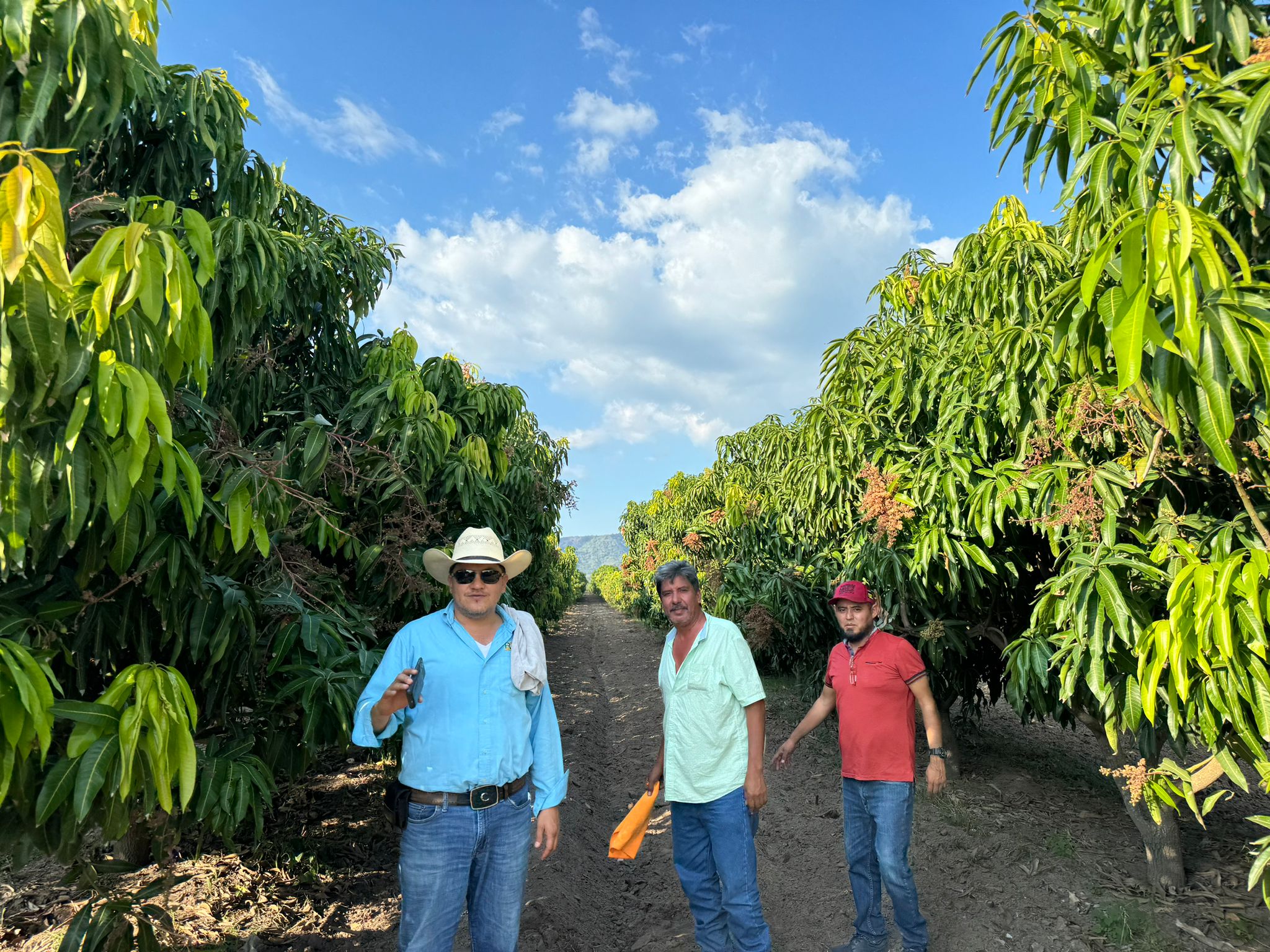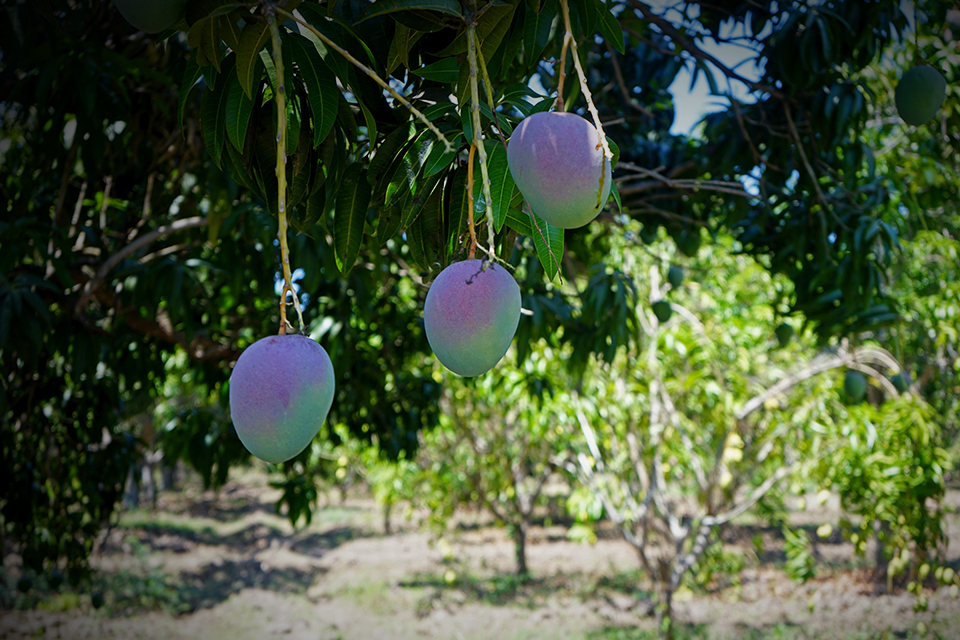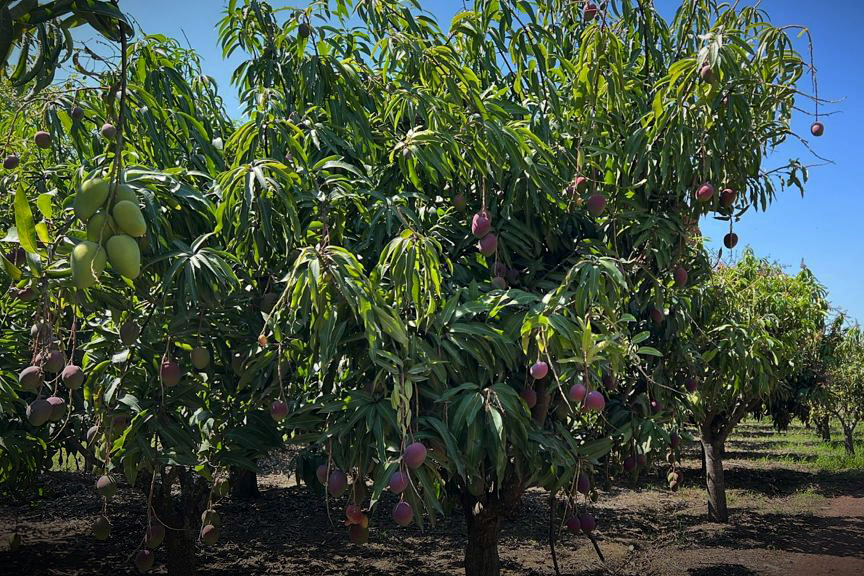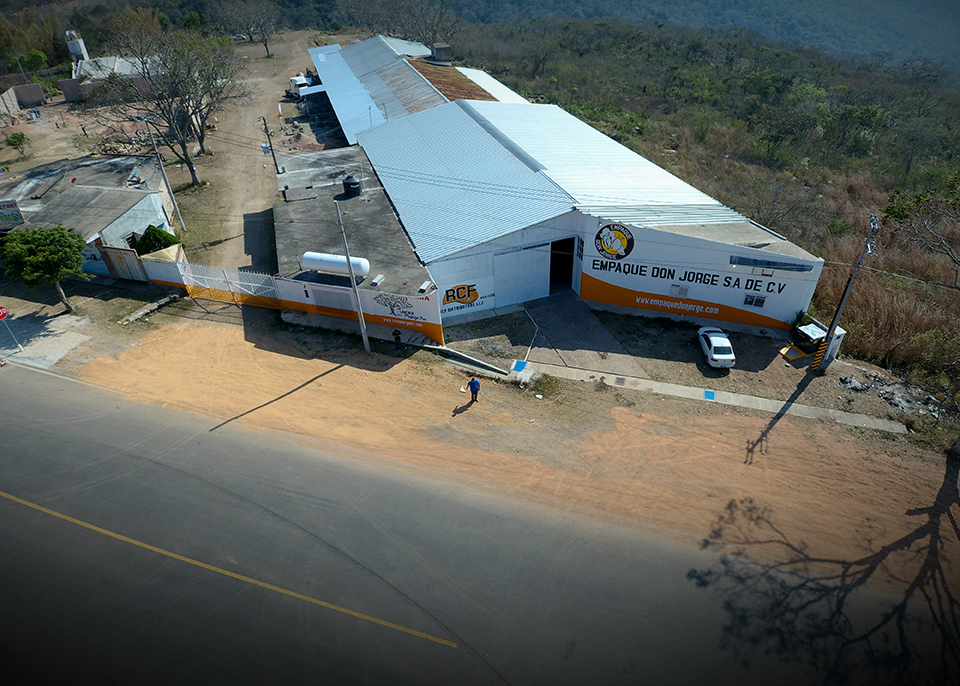Planning, committing, flexibility and a love of small things key to success
Currently mango markets are confusing. There is a lot less fruit on the trees in comparison to previous years. While there is fruit available, it tends to be smaller in size. Ataulfos are more abundant (overall) compared to previous years, yet they are also smaller, and with an extraordinary, heightened demand. Despite an increase in the number of orchards in production, actual yields are proving to be inconsistent and generally lower than usual. Organic production is generally a smaller portion of large so anything lower in yield makes the gap more profound. Conventional markets are flooded with small fruit, lacking larger options, and the pricing on the market hides some of the nuances, after all if there are no 14cnt Ataulfos, what does it matter is the price is lower? Michoacan is in full swing and mostly producing 12cnt sizing on conventional rounds. Growers are hesitant to accept lower prices and are holding out for best offers, they are in fact seeing less fruit yields first hand. EMMEX reports show some good numbers, but they don’t really place them against the backdrop of the insatiable demand. Guatemala is producing good volumes (only conventional) but they only have 10-12cnts, adding to overall volume numbers in all reports but also adding to the generally lower conventional prices. Many current conventional contracts are viewed as loss leaders. The real question is really if the wall of mangoes everyone keeps talking about is real or merely a mirage. Either way its important (as I always say) to sperate the organic and conventional if we want organic programs to be successful. Organic programs take a lot of precision, which means we have to at some point drown out the conventional noise.
Organic and conventional mango markets present a monumental contrast akin to the David and Goliath tale. From the vantage point of the organic mango tree under which I sit, it’s the organic facts that hold the utmost significance. Despite my usual knack for navigating information flows, this season has presented unprecedented challenges, leaving me somewhat at a loss, yet persistently trying to gather accurate data. My information this season is often lacking, but it’s what I got.
There is good and bad news amidst the numerous mango complexities and the Crespo Organic specifics.
The good news is that we opened Empaque Don Jorge (El Originál), or EDJI for short. Situated in Rosario, Sinaloa, EDJI stands as our hometown packhouse and also holds the title of Latin America’s largest hyrdothermic mango packinghouse. With a processing capacity of up to a million pounds of mangoes per day at full throttle, it’s an impressive feat. While reaching peak packing capacity may well over a month, aligning perfectly with the larger Nayarit production, EDJI immediately broadens our packing horizons. This means we can truck in organic produce from our orchards in multiple states. It’s conveniently located within a day’s drive from the RCF Distributors’ Nogales and McAllen warehouses. EDJI’s opening enhances our ability to balance supply and demand more seamlessly, particularly in terms of the current sizing issues, managing product to both warehouses with agility and more reliable trucking since most the trucks are from our own fleet. The packhouse’s opening gives us instantly gives us better access to information for better decision making during these tough times. (I’ll delve into more details and strengths of EDJI in a subsequent post, but for now, I wanted to focus on the advantages of the early opening in terms of the challenges we face now.)
The unfortunate news this week revolves around our southern Chiapas packhouse, Empaque Don Jorge II (EDJII), which had to cease packing mangoes last week, approximately a month earlier than scheduled. Escalating cartel violence along the southern Mexican border prompted the USDA to withdraw their inspectors from Chiapas due to safety concerns. (It’s worth noting that every mango packhouse must have a USDA inspector present to oversee the APHIS approved method for controlling fruit fly infestations, known as the hot water treatment, crucial for exporting to the USA.) Without USDA certification, the product cannot be deemed fruit fly-free and therefore cannot be imported into the USA, leading to the immediate closure of EDJII.
A substantial quantity of organic mangoes is packed in this facility. The contingency plan involved transferring this packing operation to our other packhouses in Oaxaca and Sinaloa. However, this transition, along with reallocating conventional packing to other conventional packhouses in order to make room, has proven time-consuming and is still in progress. We anticipate reaching a more favorable position for maximum packing potential on organics by the end of next week. As one of the largest organic packers, this closure has significantly disrupted an already struggling organic system. The closure coincided with some gaps and lower yields on organics in general, further complicating the turnaround process.
General Overview (Organic Re-cap)
We and generally everyone is projecting more volume to start coming in the next 10 days but not enough to flood the markets. The fruit in Michoacan was/is delayed and has a lot less volume than last year, predominantly smaller sizing 10/12cnts (mostly 12’s). Very Little organic fruit will come from there. Chiapas, where a significant amount of our southern orchards are located, have always produced large volumes and good yields and this year their output is a great deal lower and we are not totally sure why.
Oaxaca which usually starts winding down in late April and has been very hard to predict and has had a lot of gapping until now. Currently everything indicates that the Oaxacan season will run rather well until the end of May. The good news is this overlap of fruit between Nayarit and Oaxaca will prevent the usual late April- early may gaps and shortages from happening this year. Good for Cinco de Mayo sales.
Organic Ataulfo Outlook
Organic Ataulfos will continue to be small and innumerous until the arrival of Nayarit fruit in early May. Overall volume is lower, with a significant portion of the crops being size 20 and smaller. Despite market demands, the organic sector remains firm on size flexibility, contributing to ongoing shortages in terms of what the market wants versus what the trees produce. Pricing is anticipated to align with volumes and sizing, independent of movements in conventional markets. As for Nayarit’s upcoming season, sizing remains uncertain at this stage, volume is predicted decent with ample fruit set after blooming and plenty of good maturation happening.
Organic Round Mangoes (Tommy Atkins)
Organic round mangoes are faring better in terms of supply and demand compared to Ataulfos, primarily due to the organic sector’s preference for 8-9-10 sizing, with a decent demand for 12-count sizing as well. The southern Chiapas region, currently the main source of fruit, is yielding exactly that. While larger sizes, like 6-7 counts, are somewhat scarce, they do exist and are finding their way to select customers, including a few West Coast retailers and high-end processors. The generally smaller sizes are expected to persist for weeks to come, and Nayarit’s season is anticipated to commence in late May. Predicting sizing this early for Nayarit is challenging, but most forecasts suggest that Nayarit and Sinaloa will likely continue the trend of 8-10 sizing, which bodes well for the organic sector.
Summer Mango Mania (#MuchosMangoes)
The show must go on, and indeed it will. Summer Mango Mania is on schedule! Despite the challenges, there’s still plenty to offer, and we’re determined to transform those offerings into compelling and profitable opportunities for our distributors, retailers, and ultimately, our consumers. Summer season typically runs from June to August, with mango mania dates spanning from June 15th to August 31st.
Our promotional materials will feature the usual array of bells and whistles, along with Crespo Organic’s signature and popular mango-ed. This includes informative POP materials, recipe cards, consumer posters detailing how to choose, store, cut, and use mangoes, as well as varietal posters, including our Mango Queen specialty mango line, featuring our organic Mallikas, Nam Doc Mais, and Kiew Savoys dressed up in those opulent educational UPC’d tags for easy register ring up. Crespo Organic Mango Bins will be readily available, accompanied by some flashy new secret display additives. Oh and of course the dried mangoes that everyone loves during mango mania! We are hearing words from merchandisers like Brian Dey (Merchandiser of the Year mind you) that there are BIG display plans that surpass last years!
We’re anticipating a general plentiful supply of mangoes, enabling retailers to offer attractive price points to shoppers. We will fuel the mango frenzy by conducting live demos and tastings and cooking classes in select areas, and ample virtual support for all, including all kinds of events and Zoom classes on How to Cut Mangoes, cooking classes like Summer Mango Salads and Mangoes- Bring Um to the BBQ. Consumers have grown to anticipate and love our summer mango promotion, and we’re confident it won’t disappoint. Keep an eye out for your POS order forms landing in your inbox next week, and remember, there’s always room for more to join in the summer fun. Reach out to us at info@crespoorganic.com if you’re interested! A tough season needn’t be a bad one with good partners!
